A PDF version of this release is HERE
There were ovations in the middle of presentations at the Saskatchewan Industrial and Mining Suppliers Association’s (SIMSA) “Junior Potash 2.0” event, held November 21st in Saskatoon. The presenters were legendary persons of Saskatchewan’s mining sector.

SIMSA members at the Junior Potash 2.0 event
The event was organized by SIMSA, since Saskatchewan’s junior potash sector is heading into its second round of growth. “Saskatchewan Junior Potash 2.0” gave an update on the next round of players, provide some context, and update the supply chain on possible opportunities within it.
Steve Halabura was introduced as “Mr. Potash” since he has undertook over 100 potash projects for a variety of clients and is the geologist behind most of Saskatchewan’s recent potash developments. He was the former owner, president, and CEO of North Rim Exploration; and past President of APEGs Saskatchewan.
Eric Anderson – SIMSA’s Executive Director and the event’s MC – noted that Steve was part of the planning and conceptualisation of the event.
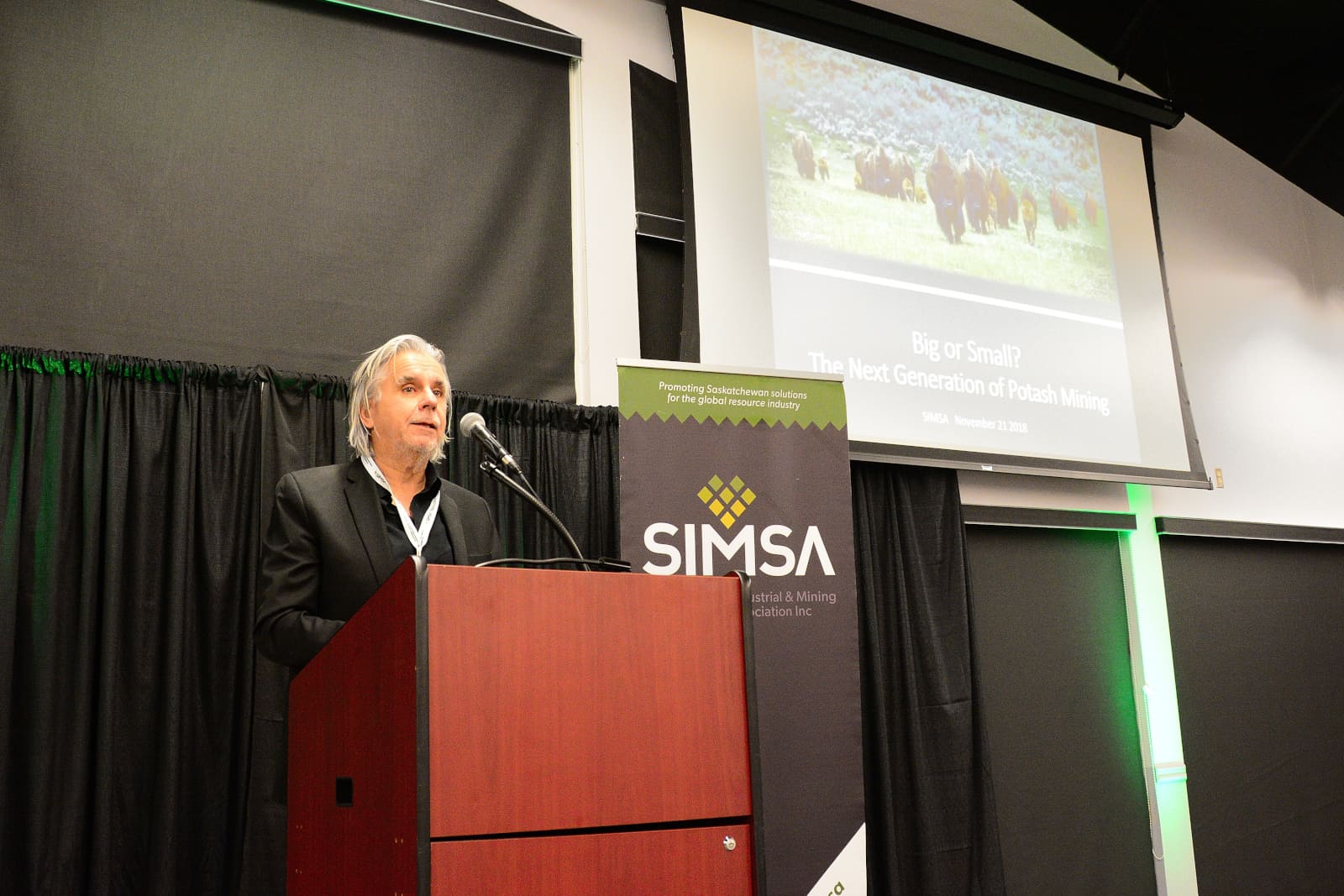
Steve Halabura
Steve explained the geology of Saskatchewan’s potash deposits, the role of potash in the world, and discussed one of his most recent ventures Buffalo Potash. Steve also explained the evolution oi Saskatchewan’s potash sector.
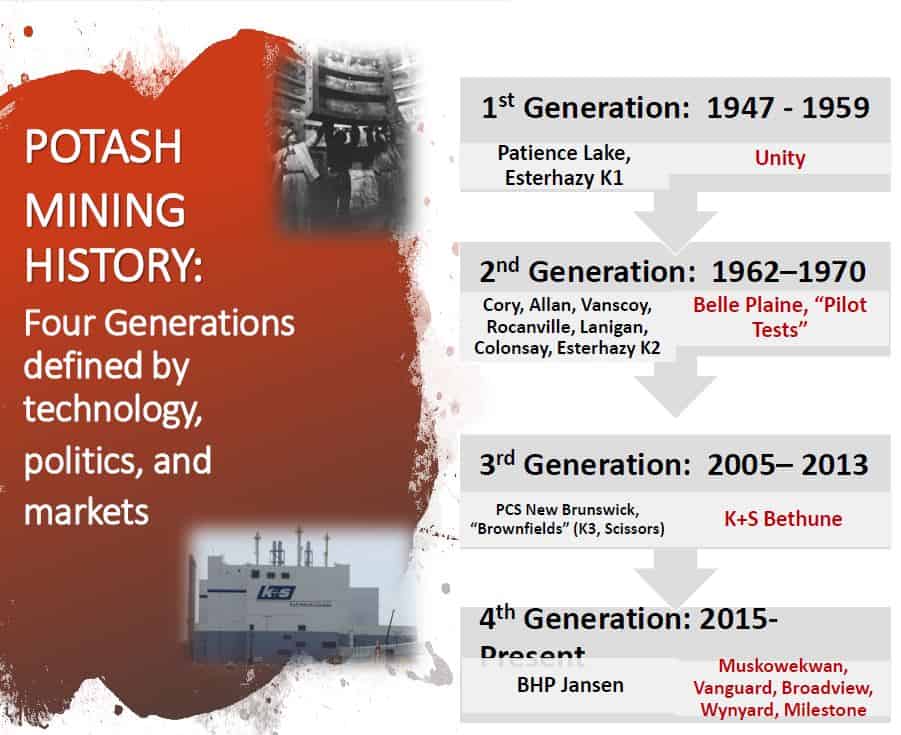
Steve Halabura’s slide on potash history
But more importantly, he began an unscripted theme of the day of “Why do potash mines need to produce over 3-million tonnes per year (KCL), why not 200,000?” The enabler of this concept is “selective solution mining.” This technique borrows horizontal drilling from the oil sector and applies it to potash, rather than the typical vertical wells.

Steve Halabura’s slide of the evolution of potash solution mining
It also uses a pre-saturated brine for the extraction process, thus leaving most of the salt in the ground and removing mostly the desired potash. The result is far less tailings (almost none) and fresh water usage, less surface area being impacted, and far lower CAPEX and OPEX.
Following Steve Halabura was Harvey Haugen – another legend in Saskatchewan’s potash sector. Harvey was born in Birch Hills and never left Saskatchewan for education or work. His previous potash roles began in 1969 at Central Canada Potash, including the senior Chemist, Chief Chemist, and Senior Process Engineer. Then amongst the Alwinsal Lannigan transition to PCS in 1987, he was Chief Metallurgist and was heavily involved in upgrading original plant, then the Phase 2 new 2 Million ton per year plant, then mill superintendent. In 1999, he led the employee buyout of the Wynyard ion exchange research plant owned by PCS, which became Big Quill Resources. Harvey then built a new ion exchange plant, then doubled it, then added Glaserite to bring capacity to 50,000 tons per year. 2001 he moved to Beechy, SK to build the Touchwood magnesium sulphate mine. As of 2009, he is full time on Beechy Potash Products Corporation.
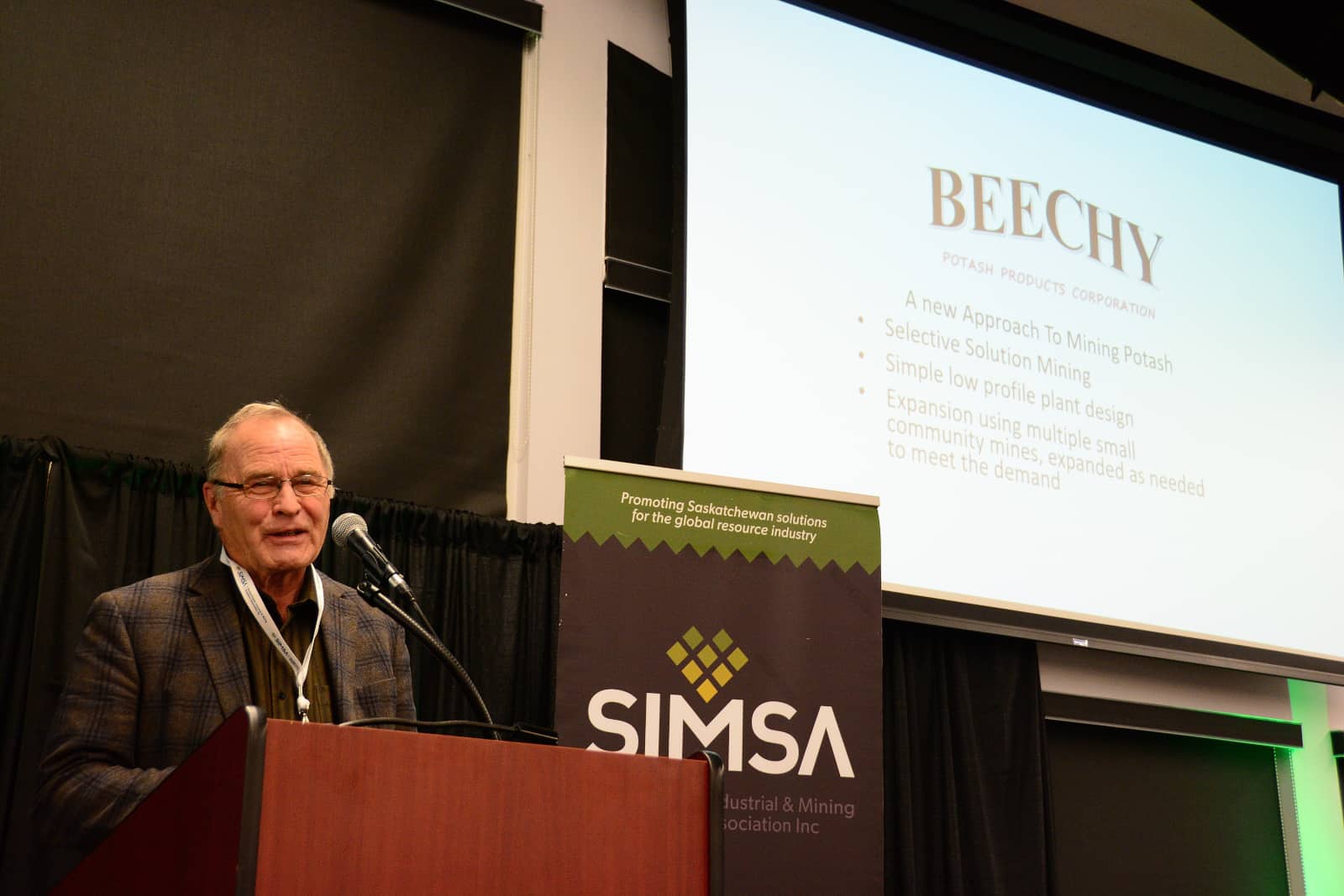
Harvey Haugen
Harvey’s project will use the selective solution mining method, in conjunction with a simple modular mill design.
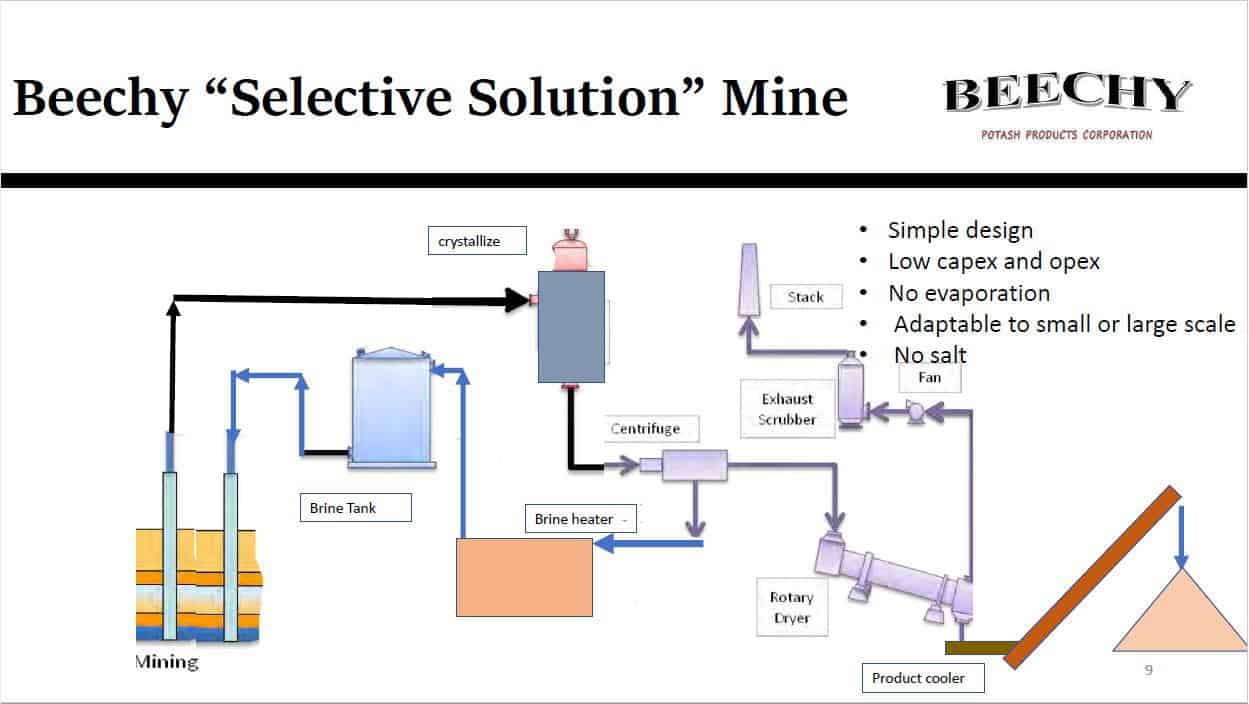
Beechy slide
The key is horizontal wells, into a better designed crystallizer and dryer.

Beechy crystallizer
Next was Tom MacNeill – Tom received 2-ovations in the middle of his presentation. His pin-point summary of the current political world obviously summarized the feelings of those in attendance.
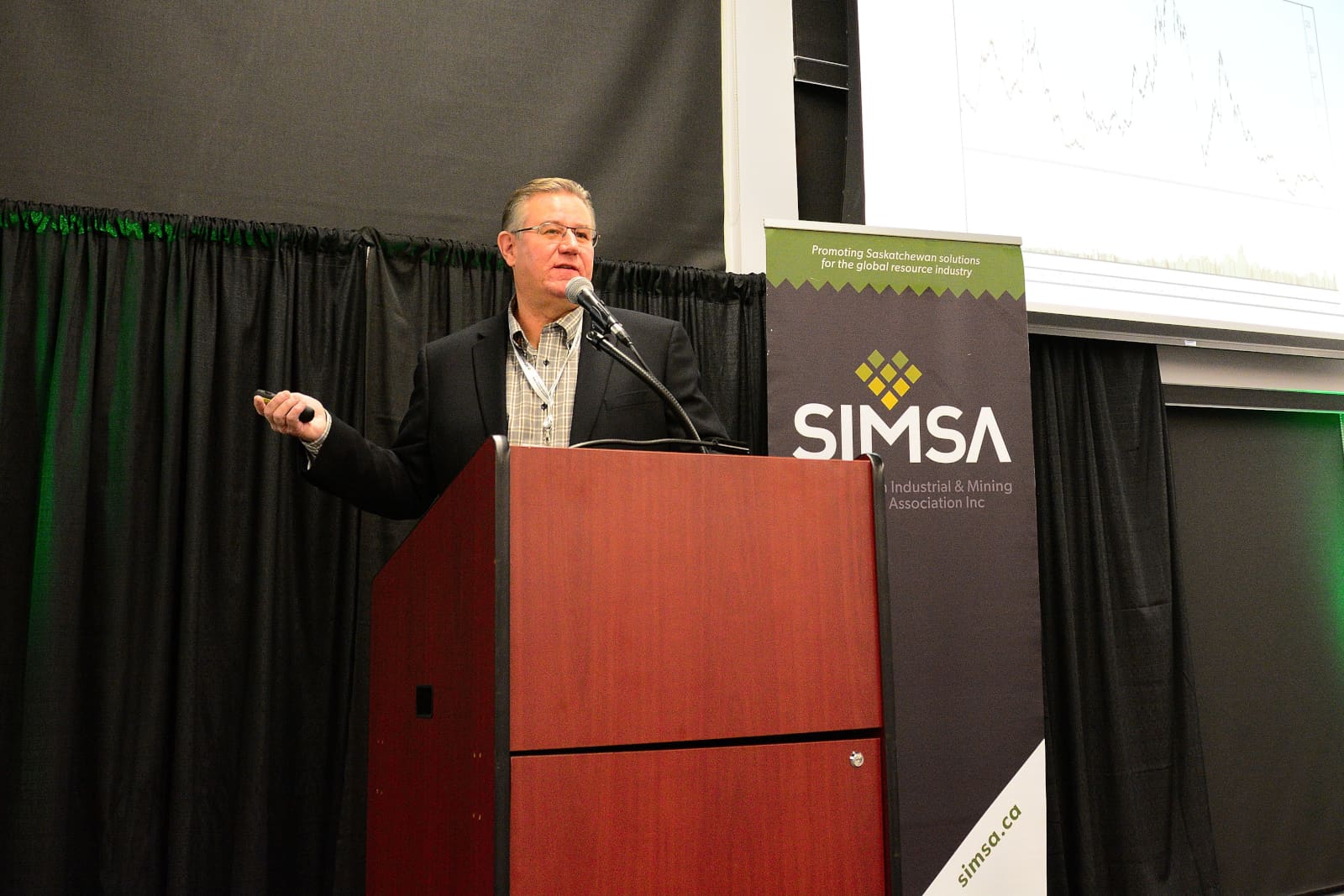
Tom MacNeill
Tom was introduced as the first-in money behind many junior resource plays in Saskatchewan, including Athabasca Potash which became half of BHP’s Saskatchewan potash position.
MC Eric Anderson noted in his introductory remarks that, “Tom is one of the most interesting people I have ever met. His passion for Saskatchewan and resource sector is unmatched – and you will soon witness this.” Given the ovations, the introduction was correct.
Tom MacNeill is the Founder, President and CEO of 49 North Resources Inc., a Canadian resource investment company headquartered in Saskatchewan. It is the first entity of its kind in the Province’s history. 49 North has been investing in early stage, high growth, junior resource ventures and ideas since 2005. They seek out and invest in all sectors of mineral exploration, as well as oil and gas exploration and production, around the globe. 49 North has additional abilities to foster company growth and development with financial, managerial, geological and merchant banking advisory services.
Tom is a third-generation resource developer, with over 25 years of direct experience in resource investment and corporate finance.
Within Saskatchewan, the MacNeill family, can be credited with founding the longest running gold mine in the Province’s history operated by SSR Mining (formerly Claude Resources) – the Seabee Gold Mine, as well as developing the world’s largest diamond-exploration company Star Diamond (formerly known as Shore Gold).
Tom began his presentation by explain commodities investment cycles; how investors head to the newest big-shiny-thing, get burned, then head back to the resource sector – a place where truly needed tangible items exist. Intertwined within this, are government manipulations of interest rates and radical spending policies.

A Tom MacNeill’s slide on investment trends
Given the trends, MacNeill stated that the stage is set for another boom in the resource sector.
While the first portion of his presentation was an MBA level educational item, what struck home with the audience were MacNeill’s thoughts on government policies and their interventions in the resource sector. His thoughts included a discussion on how, “Government should be a ladder, not the painter.”
He also detailed how Government policies in the past, blocked oil and gas development in Saskatchewan – something that is now being reversed. He demonstrated that even though the western sedimentary basin stretches across Albert and Saskatchewan, historically oil and gas developments almost stop at the Alberta/Saskatchewan border. To support this, he presented 2 slides (below); the 1st showing what developments currently look like and the 2nd showing what they could be given evidence form existing drilling results.
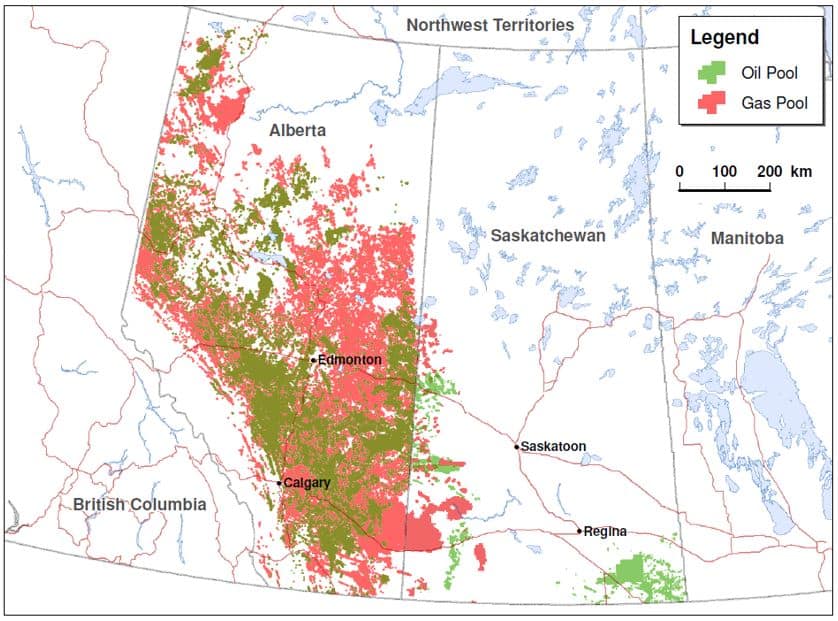
MacNeill slide on how things are.
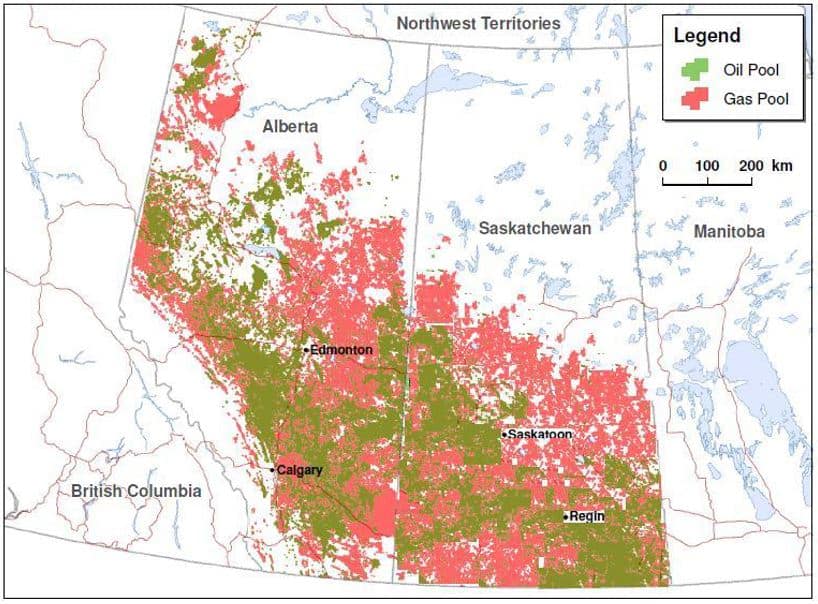
MacNeill slide on how things could be given existing drilling results.
Concluding the event was Greg Vogelsang, Project Manager for Western Potash’s Milestone Phase 1 project. Greg has 30-years of experience in environmental management, related to mining and industrial and municipal projects. He then began at Western Potash in 2010, where he managed the Environmental Impact Assessment for Western Potash’s Milestone Project.
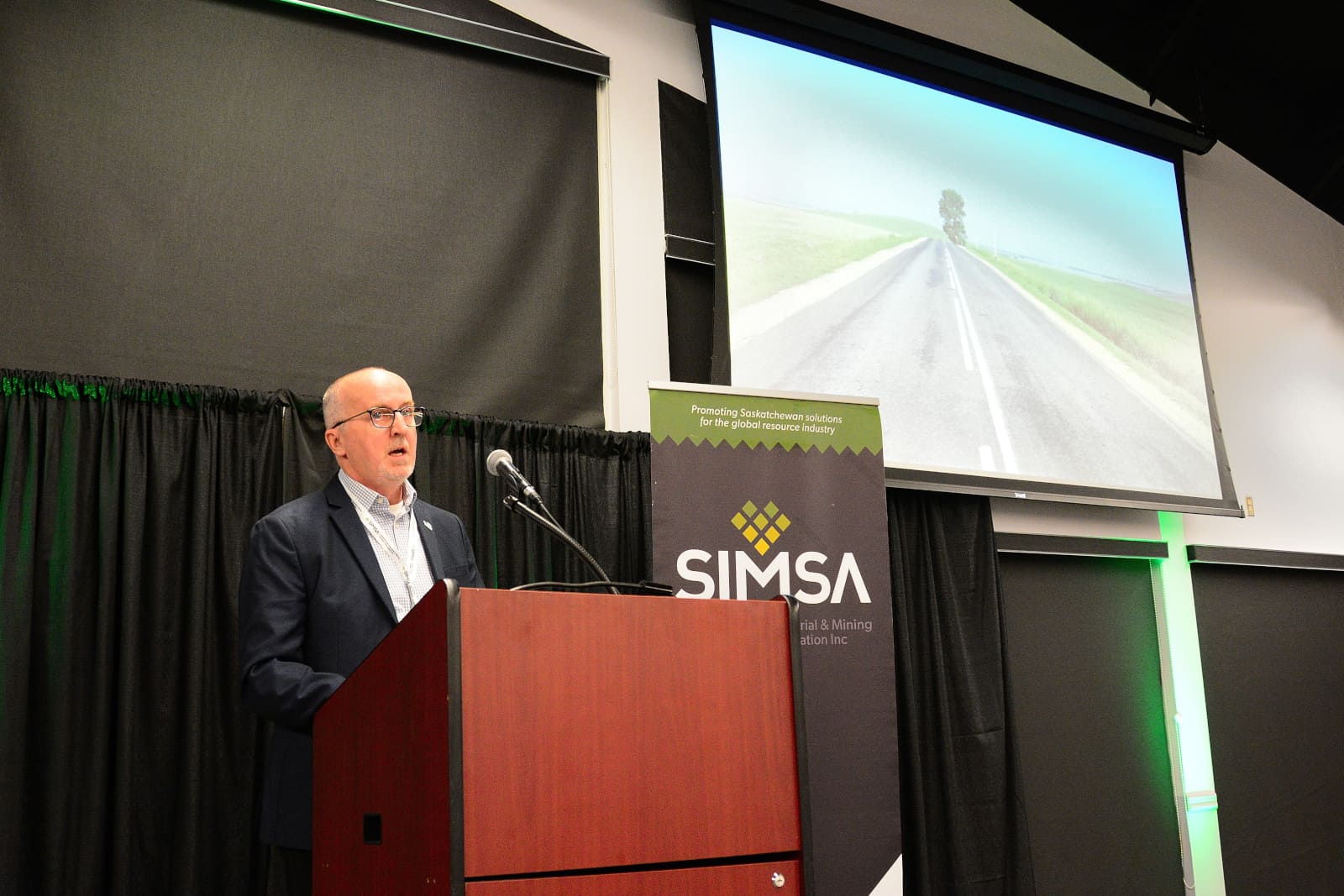
Greg Vogelsang
He also identified and negotiated an agreement with the City of Regina, to use recycled water as the main water source for Western’s Solution mining process, and identified and helped negotiate a potash offtake agreement, with a local distributor for Western Potash.
The Milestone project will use the selective solution mining method; Greg detailed its benefits through a series of slides.
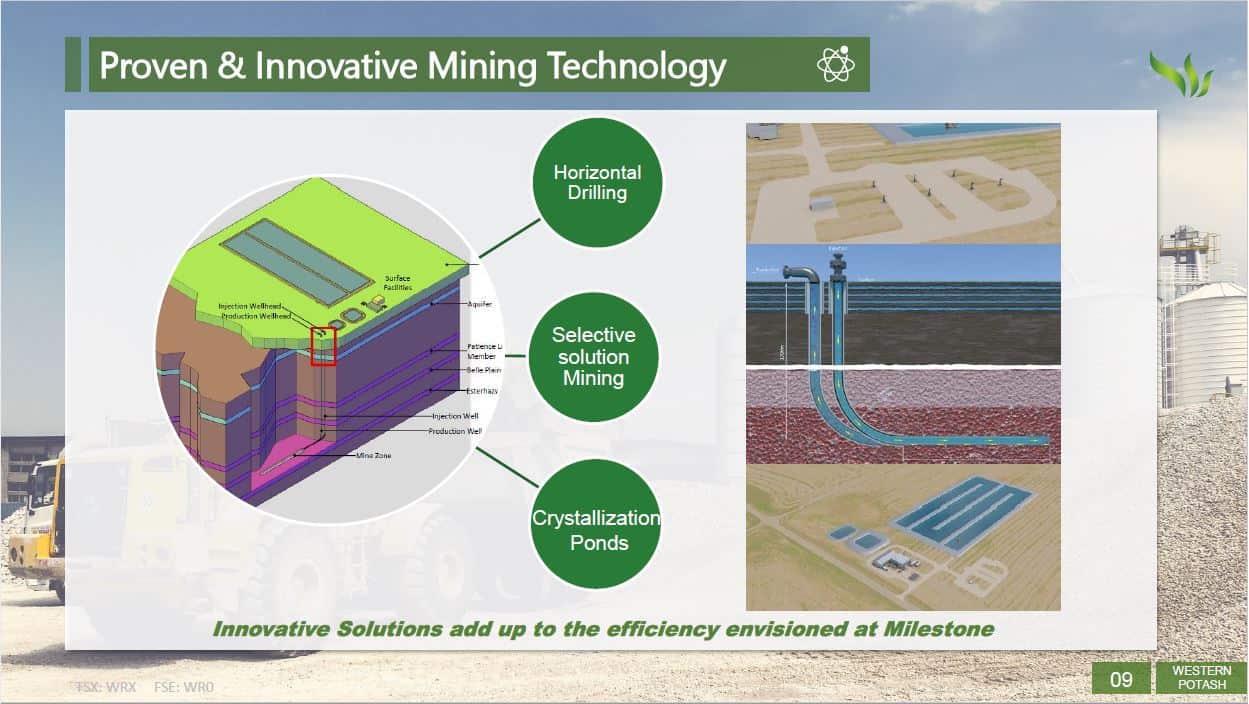
Western Potash method
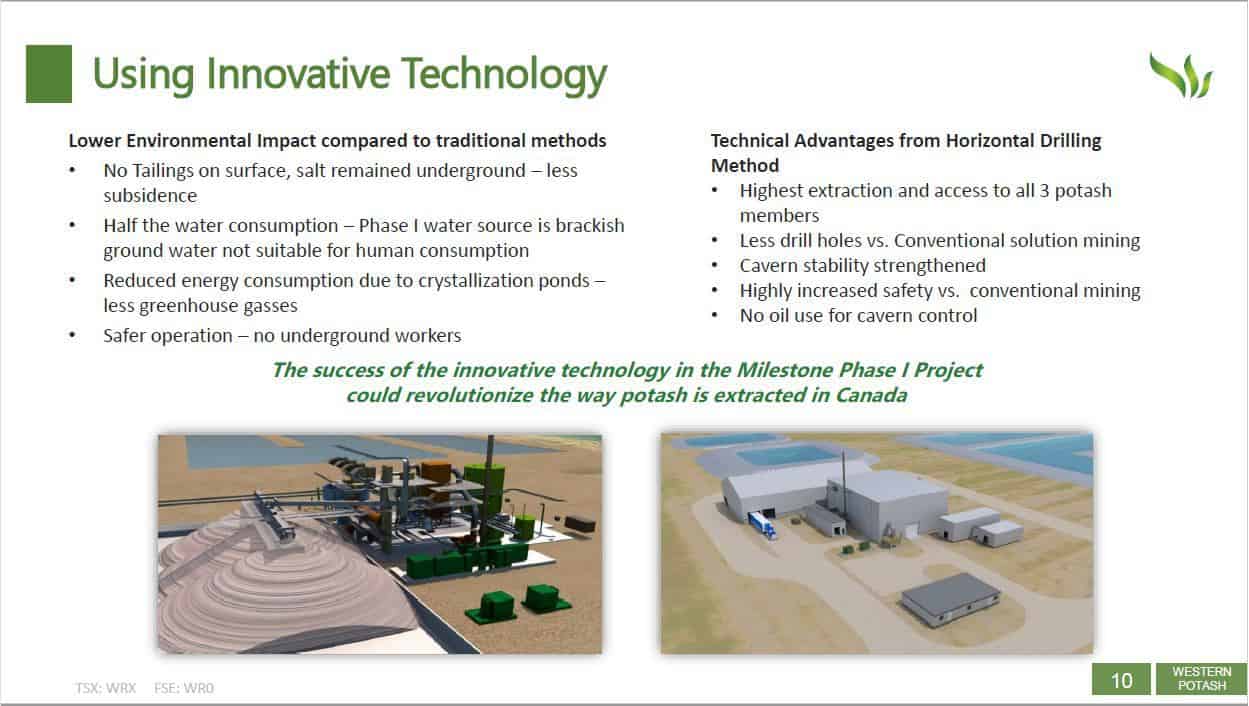
Western Potash layout
Many in attendance were surprised to see how far advanced the Milestone Project is.
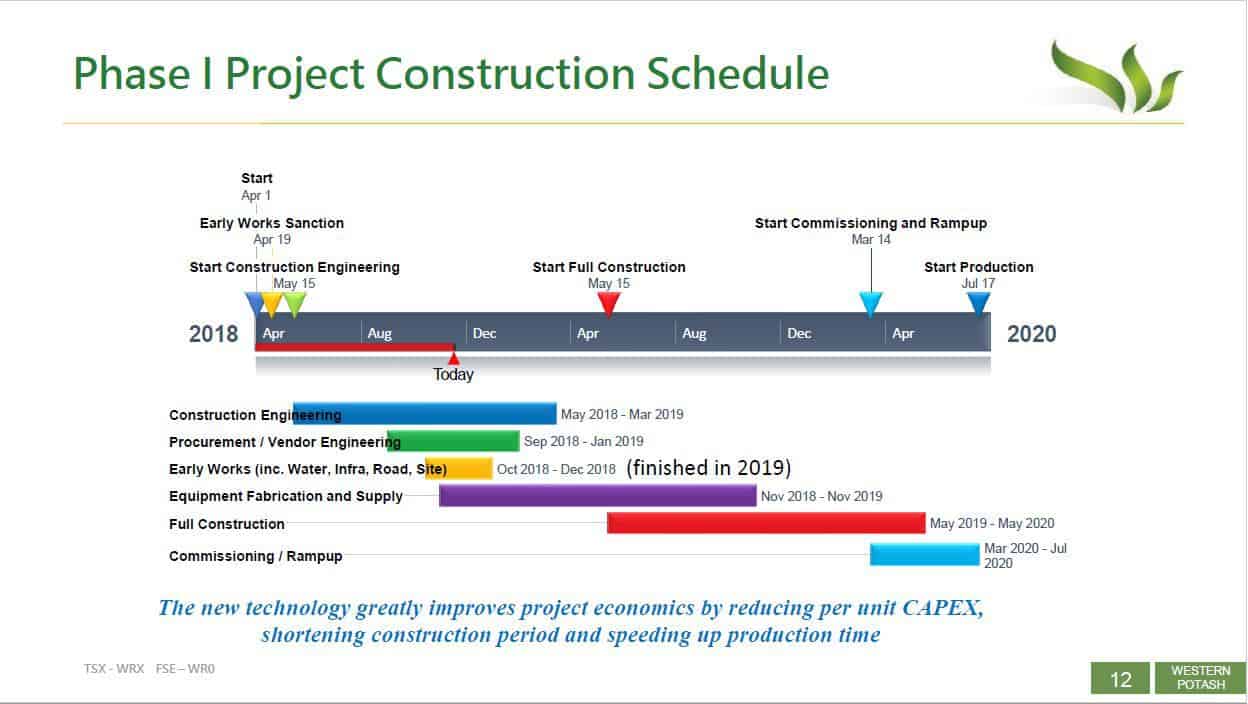
Western Potash Milestone Project Phase 1’s schedule
Greg completed his presentation by giving SIMSA members the contact information required to become a supplier to the project.
The event was co-sponsored by Deca Industries and the Saskatchewan Research Council.
Established in 1975, Deca Industries has been providing quality custom manufacturing and repair services to local industries in Saskatchewan, as well as other parts of Canada and the United States. At just over 100,000 square feet of total shop space and approximately 75 employees, they are well-equipped to handle all of your machining, welding, and mechanical maintenance needs
The Saskatchewan Research Council is one of Canada’s leading providers of applied research, development and demonstration, and technology commercialization. SRC focuses its efforts on the mining, minerals, agriculture, biotechnology and energy sectors; and the environmental considerations that are important across each sector. SRC’s Mining and Minerals Division provides services during the entire mine life cycle.
SIMSA’s Executive Director stated, “This event presented information not found anywhere else. And, it was presented by a group of legendary potash persons.”
– 30 –
About the Saskatchewan Industrial and Mining Suppliers Association (SIMSA):
SIMSA is the Saskatchewan Industrial and Mining Suppliers Association, representing Saskatchewan based companies who provide goods and services to mining, oil and gas and industrial projects. SIMSA’s membership of over 175 companies, represents over $10-billion in annual revenues and 20,000 employees in the province. SIMSA’s mandate is to represent the interests and concerns of Saskatchewan industrial equipment and service suppliers, through promotion of its members and the creation of partnerships with industry and other associations.
For more information, contact:
Eric Anderson, Executive Director
Saskatchewan Industrial and Mining Suppliers Association (SIMSA)
811 – 56th Street East
Saskatoon, SK
S7K 5Y9
O: 306.343.0019